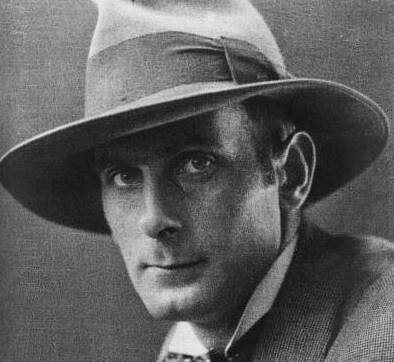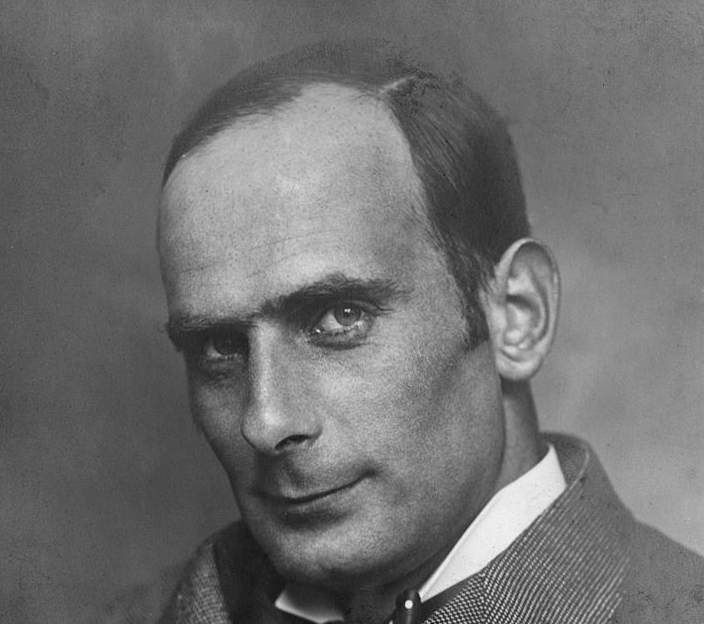
1889 - 1949
Edward Wadsworth

description
An English avant-garde artist, an active participant in the non-durable but radical movement “Vorticism” that appeared in London just before the First World War.
Edward Wadsworth not only signed the Manifesto of the new association, but also created graphic compositions for Blast magazine, working closely with its chief editor, Wyndham Lewis. Having placed the magazine “Explosion” in Wadsworth’s hand in his canvas “Vorticists in the restaurant de la Tour Eiffel: Spring, 1915”, his colleague W. Roberts emphasized his significant role in the group. This was fundamentally important in the 1960s, when interest in the movement became more intense.
The artist traveled a lot and contributed to the further development of the British avant-garde, introducing ideas of Surrealism into it. He was a member of such significant creative associations as the Paris group Abstraction-Création.
Key ideas:
– Edward Wadsworth shared the aggressive rhetoric of the Vorticist group, actively used the “angular” geometric style, emphasizing the focus on the energies of modern life that machines bring to society.
– Most of Wadsworth’s preserved Vorticist works are woodcuts. Creating them, the master deliberately avoided any hint of a personal style, thereby emphasizing the “machine nature of his art”. This is especially evident in the illustrations created by the artist for the magazine “BLAST”.
– In such compositions as “Open Window”, “City View”, the artist used simple planes that emphasize the state of the modern world. The artist was interested in the effects of colour, and he could create up to six different versions of one work, using a palette from gray to scarlet.
– A feature of the artist’s paintings is the peculiar rhythms, the so-called musical references, which are manifested in the works of Wadsworth practically throughout his creative career, but especially in the series “Dux et Comes” (leader and companion).
– In later periods of his artistic career, the master began to use some ideas, as well as surrealism, obviously in connection with his fascination with art by G. de Chirico. The artist proceeded to the clarity of the image of objects, but at the same time, the meaning of their “life” in the work remained multifaceted. Interested in theories of animism, Wadsworth placed his feelings and thoughts in inanimate objects.
1906
1910
1912
1913
1914
1915
1917
1920
1932
1947
1949
Edward Wadsworth studied engineering in Munich
Entered the London School of Fine Arts F. Slade

Participated in the Second Post-Impressionist Exhibition at the Grafton Gallery

He took part in a futuristic exhibition at the Dore Gallery

Signed the Vorticist Manifesto

The exhibition of paintings of the Vorticists was held at the London Dore Gallery

The artist was seriously wounded

Moved away from Futurism

«Abstraction-Création»

«Signals »

The death of the artist

